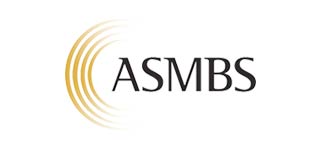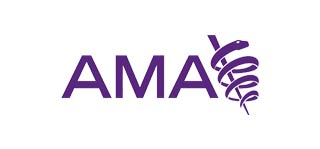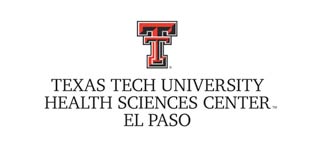Revisions
Types of Revisional Bariatric Surgeries
Bariatric surgery is a safe, effective and well-established procedure to treat obesity. However, sometimes, you may require a revisional bariatric surgery in the following cases:
- Partial, ineffective or no response to treatment within 1 to 2 years of surgery despite compliance with dietary requirements and exercise
- Undesirable outcomes
- Complications such as stricture, obstruction, dilation of gastrojejunal stoma, slippage, fistula, stretched pouch, nausea and vomiting, or band erosion, leakage or herniation
- Food intolerance, severe persistent reflux
- Problems with the implanted device such as a displaced port (Lap Band), ruptured band or disrupted staples
- Failure to lose weight despite a successful surgery
- Earlier bariatric techniques that have been revised and no longer performed
Some of the suggested revisional surgeries for the failed primary bariatric procedures are
- Gastric Bypass or Loop Duodenal Switch is suggested for ineffective weight loss and/or untreated diabetes after Gastric Band.
- Gastric Sleeve or Gastric Bypass is recommended when Gastric Band is not tolerated.
- Gastric Sleeve is ideally revised to Gastric Bypass when associated with reflux problems.
Apart from these, there are new techniques that are usually not performed as a primary method of weight loss surgery, but as a type of revisional bariatric surgery.
- StomaphyX: The StomaphyX procedure is a new and innovative revision procedure for individuals who have had Roux-en-Y gastric bypass surgery and have regained weight due to a stretched stomach pouch or enlarged stomach outlet (stoma). The stomach pouch and stoma can gradually stretch over time as the body’s digestive system becomes accustomed to the changes and the patient returns to unhealthy eating patterns.
StomaphyX is an endoscopic procedure that creates folds of tissue like pleats (called plications) and fastens them together with suture-like fasteners (which resemble little blue staples) to hold them in place, making the pouch smaller.
This reduces the stomach pouch and stoma to a size similar to the original gastric bypass surgery, once again limiting food intake and slowing the emptying of the stomach into the small intestine. This results in earlier satiety (feeling of fullness) and more weight loss. Without having to undergo additional traditional surgery, StomaphyX helps gastric bypass patients eat less and lose more weight.
Click here to know more about StomaphyX.
- Restorative Obesity Surgery Endoscopic (ROSE): The ROSE procedure is an incisionless revisional surgery performed to reduce the size of the gastric pouch and stoma. Some patients who have undergone Gastric Bypass surgery may experience some degree of weight regain over time. One of the possible causes may be a gradual stretching of the gastric pouch and/or the stoma.
The ROSE procedure is performed using a small flexible endoscope and a new EndoSurgical Operating System (EOS). The scope and the EOS instruments are inserted through the mouth into the gastric pouch the same way as a standard endoscope. Tissue anchors are used to create multiple, circumferential tissue folds around the stoma to reduce the diameter, typically to about 10 mm. Dr. Gonzalez will then use the same technique to place anchors in the gastric pouch to reduce its volume capacity.
Click here to know more about ROSE.
- EsophyX TIF (Transoral Incisionless Fundoplication): Esophyx is a surgical procedure performed to reconstruct the barrier between the stomach and esophagus to prevent stomach fluids from refluxing up into the esophagus. When the gastroesophageal valve (GEV), part of the anti-reflux barrier becomes weak or nonfunctional, the stomach’s contents and acid flow back up into the esophagus. This is referred to as acid reflux or gastro esophageal reflux disease (GERD).
While under anesthesia, the flexible EsophyX device will be gently lowered through the mouth into the stomach under the visualization of an endoscope placed down the shaft of the device. Once inside the stomach, your surgeon will manipulate the device to create a tight sealing valve and hold it in place with suture-like fasteners.
This innovative procedure treats the underlying cause of GERD by reconstructing the anti-reflux valve and subsequently restoring the body’s natural protection against chronic acid reflux. EsophyX TIF is completely incisionless, offering less risk, reduced recovery time and no visible scars.
Click here to know more about EsophyX.

















